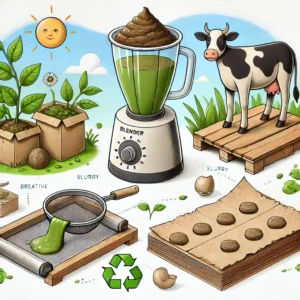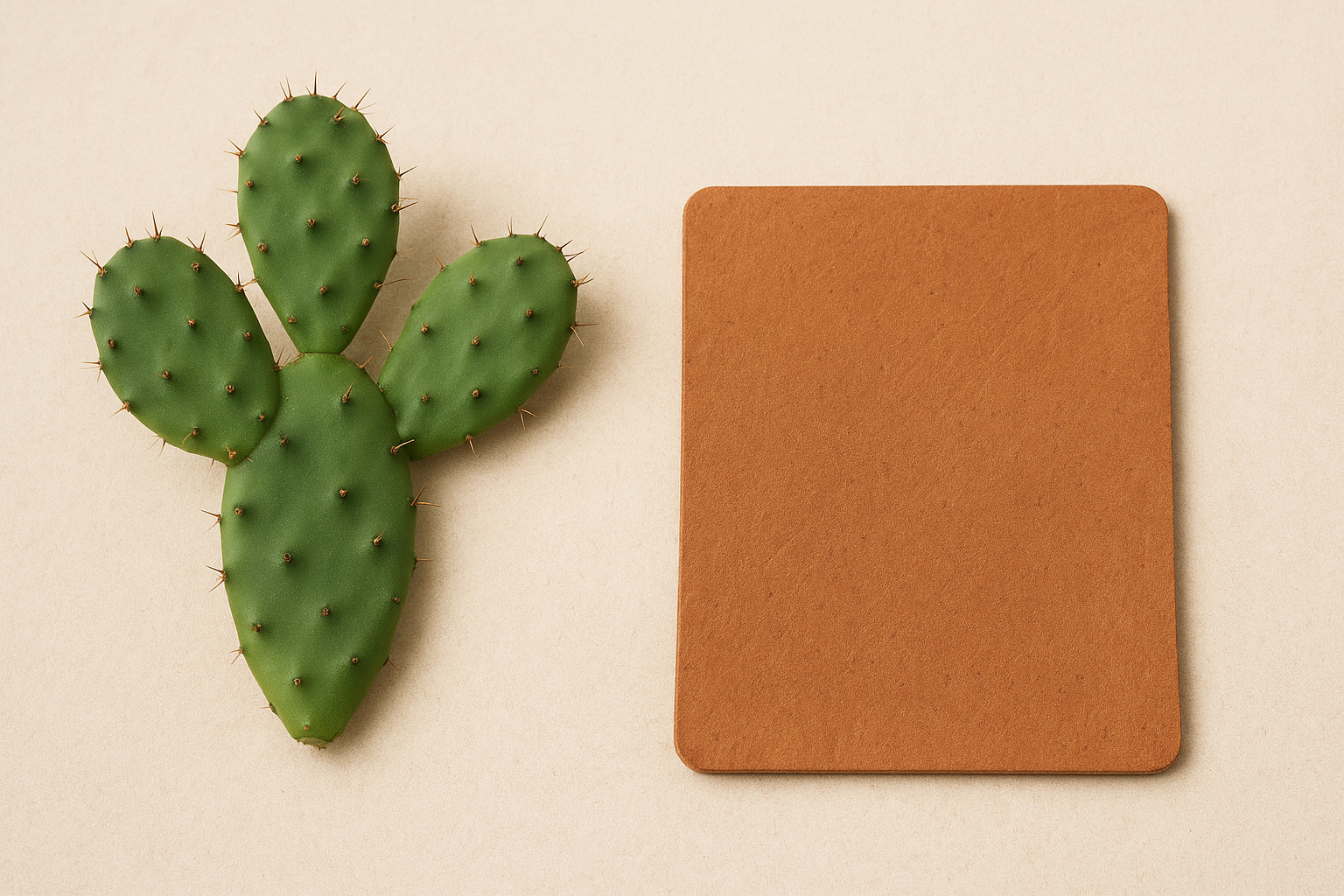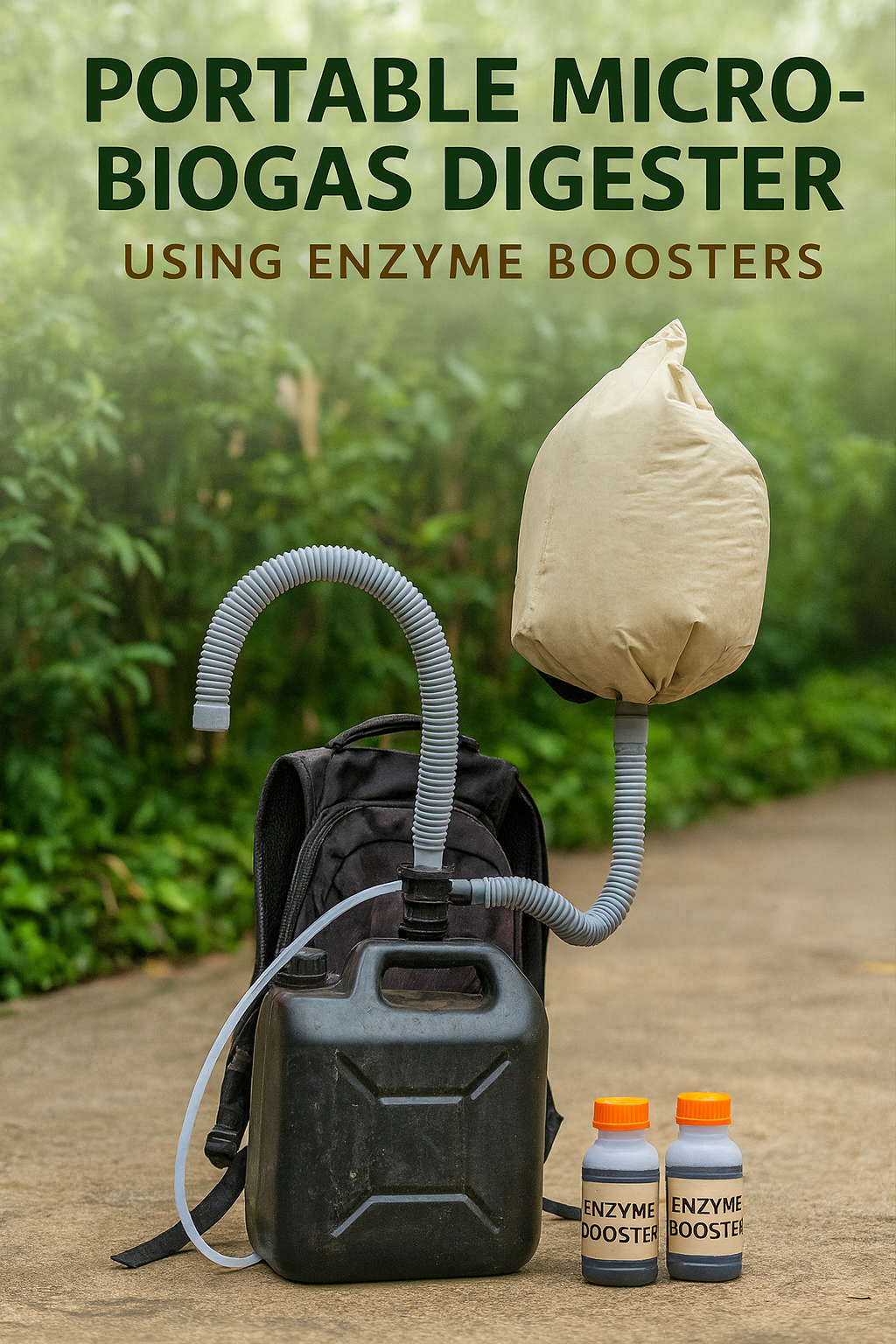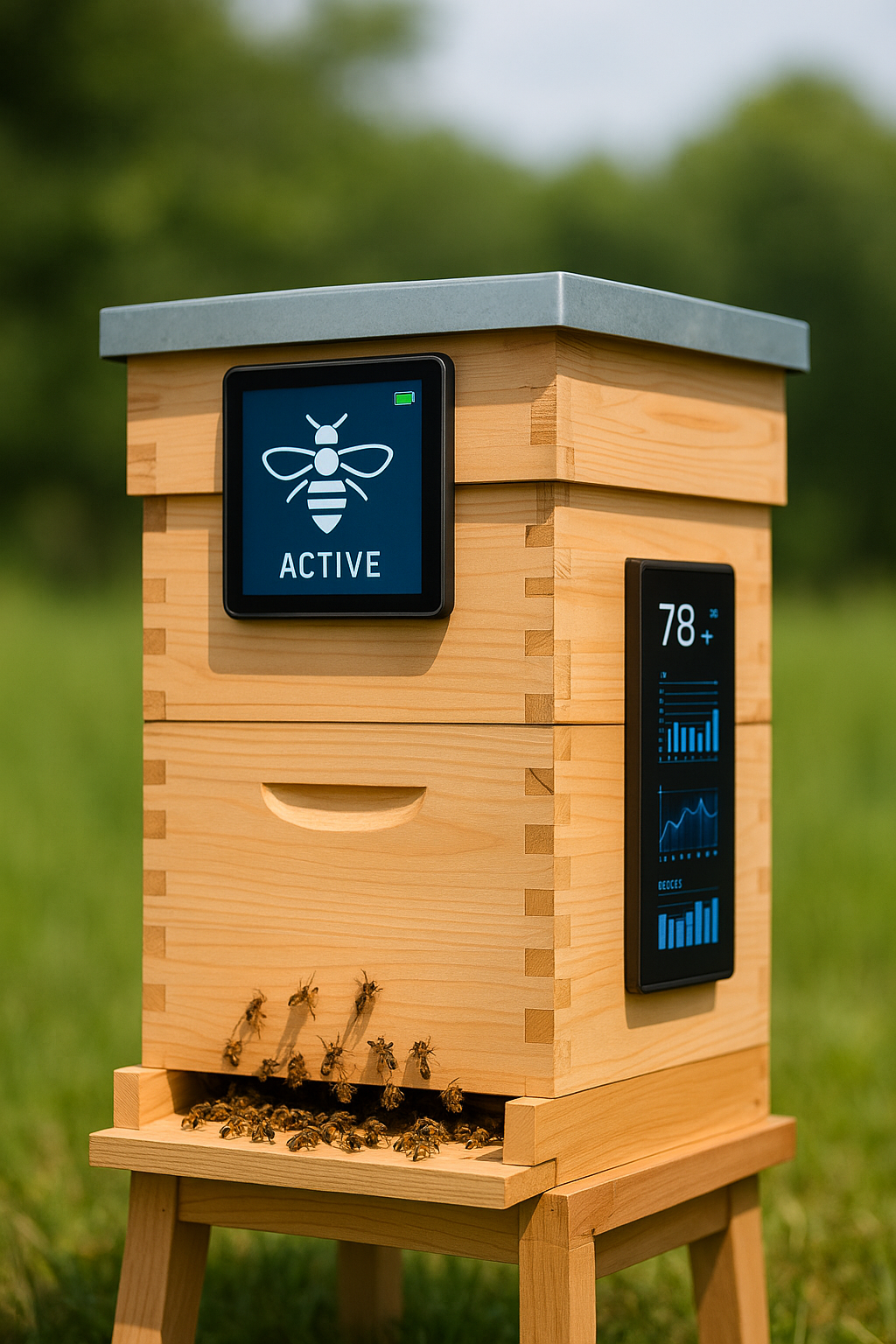Abstract
This project explores the innovative use of cow dung as a raw material for creating biodegradable cardboard. Cow dung, an abundant agricultural waste, is transformed into a versatile material through a simple, eco-friendly process. This study highlights the potential of utilizing waste products to reduce reliance on conventional paper and plastic, promoting sustainable practices. By following a step-by-step method, fresh cow dung is processed into a slurry, formed into sheets, and dried to create functional cardboard. The resulting product can be utilized for various applications, including crafts, lightweight packaging, and educational projects, contributing to environmental sustainability.
Materials
- Cow Dung: Fresh cow dung, free from debris.
- Water: For soaking and blending the dung.
- Sieve or Strainer: To remove larger particles from the slurry.
- Blender or Food Processor: For creating a smooth mixture.
- Flat Surface or Wooden Board: To form the cardboard.
- Screen or Mesh: To allow for drainage and air circulation while drying.
- Spatula or Spoon: For spreading the slurry evenly.
- Rolling Pin (Optional): For achieving an even thickness.
- Craft Knife or Scissors: For cutting the finished cardboard.
Procedure
- Preparation of Cow Dung:
- Collect fresh cow dung and remove any large debris or dirt.
- Soak the cow dung in water for several hours or overnight to soften it.
- Blending the Mixture:
- Transfer the soaked cow dung to a blender, adding a small amount of water.
- Blend until a smooth, thick slurry is formed.
- Strain the mixture through a sieve to remove larger particles.
- Forming the Cardboard:
- Lay a flat surface and place a screen or mesh on it.
- Pour the cow dung slurry onto the screen, spreading it evenly to a thickness of about 1/4 inch.
- Optionally, use a rolling pin to flatten the mixture further.
- Drying Process:
- Allow the formed cardboard to air dry in a well-ventilated area or place it in direct sunlight for faster drying.
- Drying may take several hours to a couple of days, depending on environmental conditions.
- Final Touches:
- Once dry, carefully peel the cardboard off the screen.
- Cut the cardboard into desired shapes or sizes using scissors or a craft knife.
Conclusion
The project successfully demonstrates the potential of cow dung as a sustainable resource for producing biodegradable cardboard. This innovative method not only repurposes agricultural waste but also contributes to reducing environmental pollution by offering an eco-friendly alternative to traditional paper products. The resulting cardboard exhibits practical applications in crafts, packaging, and educational projects, highlighting the versatility of cow dung in promoting sustainability. Further exploration of this technique could lead to improvements in strength and durability, paving the way for wider adoption of biodegradable materials in various industries. By engaging in such projects, individuals can participate in sustainable practices, encouraging a circular economy and reducing reliance on non-biodegradable materials.







